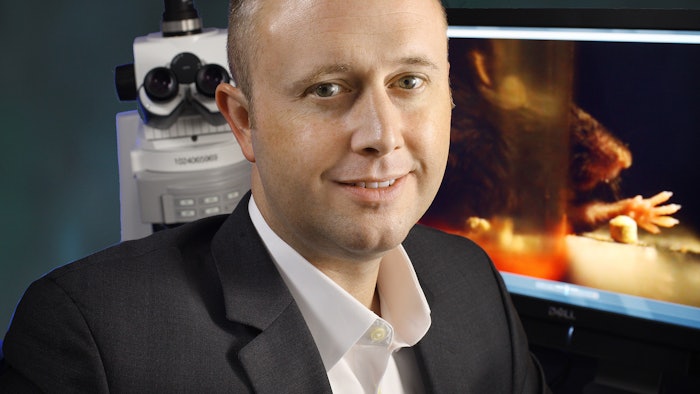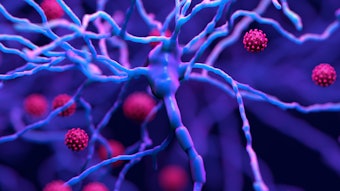Enhanced environment improves stroke recovery

Researchers have known for decades that an enhanced environment can improve stroke recovery in animal models of stroke. For rodents, enhancing the environment can be as straightforward as adding toys, mirrors, ropes, wheels and other animals, said Steven Zeiler, MD, PhD, moderator of “Enriched Environments and Recovery” on Thursday, March 19, with Cathy Stinear, PhD, professor and director of the clinical neuroscience laboratory at the University of Auckland in New Zealand.
Enhancing the recovery environment for humans is more complicated, he said.
“Enriched environments are important to mammals, even more so in stroke recovery,” said Zeiler, associate professor of neurology and director of clinical informatics and technology at The Johns Hopkins University in Baltimore, Maryland. “We’ve known this for 60 years. There are now initial data to show that we’ve been successful improving recovery for stroke patients by enhancing their environment.”
The session will explore the preclinical evidence for enriched recovery environments and the underlying mechanisms as well as successful clinical applications. The speakers will also explore future applications and how to use enriched environments in the future.
“One of the things that is so important about enriched environments is that they lead to lead to significant generalizable recovery of motor behavior after stroke,” Zeiler said. “You can train a patient to reach out, grab a fork and bring it to their mouth, and they might get better at it. But that recovery isn’t generalizable. They won’t simultaneously get better at other motor skills. Exposing patients to an enriched environment, especially when you also expose them to rehabilitative interventions, is generalizable. They get better at things they never trained on.”
Current approaches to stroke treatment and recovery seldom include any significant enhancement of the patient environment, Zeiler said. Innovation of the current hospital room environment for stroke patients provides an important opportunity for creating an enriched environment.
“We know there is a period post-stroke where patients get better despite what therapists do,” he said. “And we know that period closes fairly soon after stroke with some motor behavior, probably somewhere between three and six months. The typical home environment isn’t as sterile as the typical lab rat cage, but it isn’t enhanced in ways that can best support recovery in those first crucial months post-stroke.”
Enhancing the human recovery environment can take many forms, including access to books, puzzles, games, music, computers, tablets and other people. Creating a virtual or augmented environment using video games and other technology is among the most successful approaches to date.
The SMARTS2 trial used a video game and an exoskeleton that unweights patients’ affected arms. The game immerses patients in an on-screen world as a free-swimming dolphin interacting with the pod and the changing ocean environment. The trial was created by Kata Design Studio at Johns Hopkins and John Krakauer, MD, MA, director of the Brain, Learning, Animation and Movement lab and professor of neurology, neuroscience and physical medicine and rehabilitation at Johns Hopkins University.
The intervention, the video game, is designed as much for fun and cognitive engagement as it is for clinical effect, Zeiler said. Even older adults who might otherwise say, “I never play video games” quickly accept this one. Enjoyment increases the dose of the intervention and the clinical impact.
The more difficult step may be adapting hospital and rehab units to put these novel approaches into wider practice.
Even if we knew with 100% certainty that a particular intervention would work, there are still political and bureaucratic hurdles we need to overcome,” Zeiler said. “Apart from the science of it, you have to change hospital rooms and rehab units and conventional approaches. Those are some of the things this symposium will touch on.”








